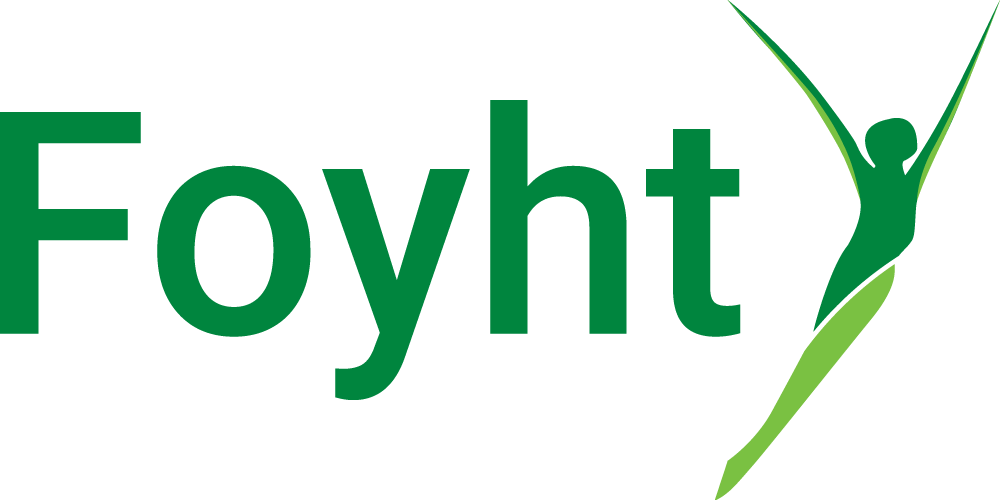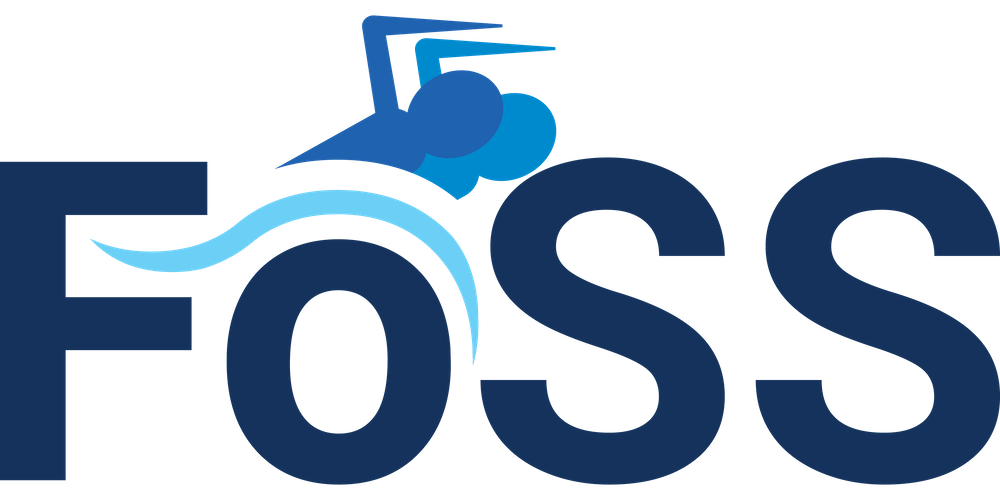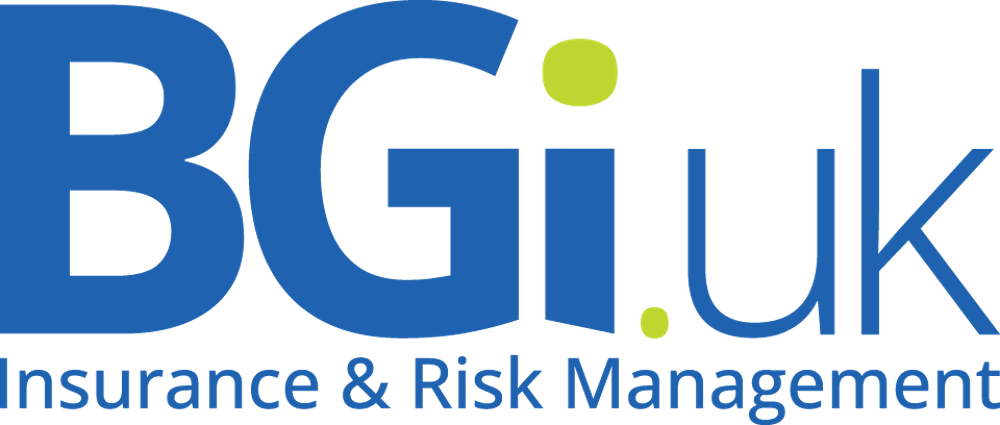Why Cutting Out Fat Won’t Help You Slim Down
Many people trying to lose weight mistakenly believe that fat is the enemy. In reality, healthy fats are essential for satiety, hormone balance, and overall health. Eliminating fat from your diet can lead to constant hunger, cravings, and a slower metabolism.
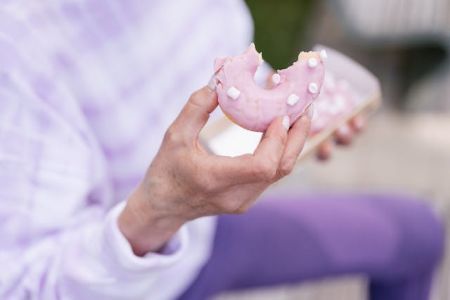
The key is understanding how to eat fats properly to support weight loss without storing excess fat.
Why Fat Keeps You Full
Fat plays a crucial role in keeping you satisfied after a meal. Unlike simple carbohydrates, which cause a quick rise and fall in blood sugar levels, fat provides long-lasting energy and reduces hunger hormones like ghrelin.
If you eat a plate of pasta, you’ll feel hungry again within an hour.
If you eat a low-fat meal, you’ll never feel fully satisfied.
The Mistake of Combining Fats with Carbohydrates & Sugar
While fat itself does not make you gain weight, combining it with carbohydrates and sugar leads to fat storage. When eaten together, these macronutrients trigger high insulin levels, which store fat instead of using it for energy.
Bad Combination
- Eating avocado with tomatoes – The mix of fat with sugar in tomatoes can increase fat storage.
- Consuming butter with bread or cheese with crackers – The fat gets stored instead of burned.
Best Way to Eat Fat for Weight Loss
- Eat healthy fats (like nuts, seeds, or olives) at least 30 minutes before a meal to reduce appetite.
- Avoid eating fats with refined carbs like bread, pasta, and crackers.
- Consume fat alone or with non-starchy vegetables to maximise satiety and minimise fat storage.
How to Include Healthy Fats in Your Diet
- Eat fats separately from carbohydrates and sugars.
- Choose good fat sources: avocado, olive oil, nuts, seeds, fatty fish.
- Have a handful of almonds, walnuts, or olives before a meal to naturally eat less.
- Don’t fear fat—it’s sugar and processed carbs that lead to weight gain!
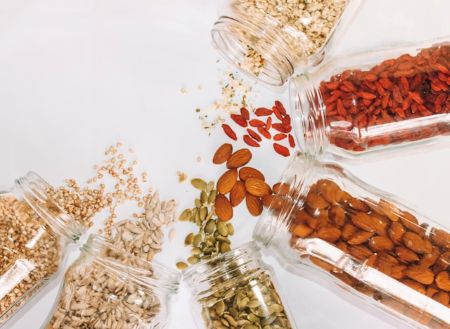
A successful weight-loss diet should include healthy fats while minimising sugars and refined carbohydrates. Instead of cutting fat, learn to eat it correctly—separately from carbs and sugars—to burn more fat and feel satisfied longer.
References
- Ludwig, D. S., & Ebbeling, C. B. (2018). The carbohydrate-insulin model of obesity: Beyond “calories in, calories out.” JAMA Internal Medicine, 178(8), 1098-1103.
- Hall, K. D., et al. (2015). Energy expenditure and body composition changes after an isocaloric ketogenic diet in overweight and obese men. American Journal of Clinical Nutrition, 102(4), 990-1000.
- Ebbeling, C. B., et al. (2012). Effects of dietary composition on energy expenditure during weight-loss maintenance. JAMA, 307(24), 2627-2634.
- Taubes, G. (2017). The Case Against Sugar. Anchor Books.
- Willett, W. C. (2001). Eat, Drink, and Be Healthy: The Harvard Medical School Guide to Healthy Eating. Simon and Schuster.
Main – Photo by Lucio Patone on Unsplash



